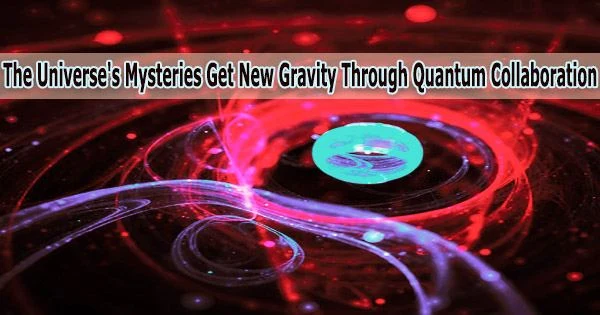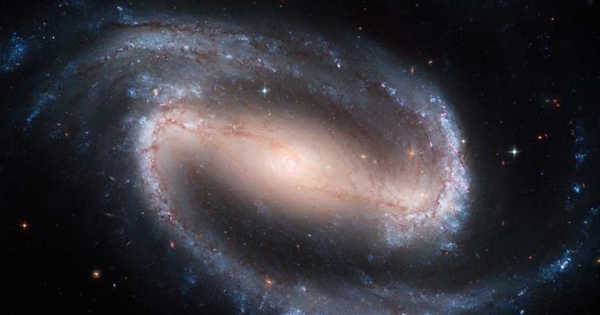Quantum collaboration refers to the cooperation between scientists, researchers, and industry professionals in the field of quantum technology. It involves bringing together researchers from different backgrounds, including physicists, mathematicians, computer scientists, and engineers, to work together on quantum-related projects.
Scientists have developed a revolutionary new method for discovering how our Universe functions at its most basic level using cutting-edge research in quantum computation and quantum technology.
An international team of experts, lead by the University of Nottingham, has shown that a specific informational component required for quantum processing can only be produced by quantum gravity and not by classical gravity. Their research “Non-Gaussianity as a signature of a quantum theory of gravity” has been published today in PRX Quantum.
Dr. Richard Howl led the research during his time at the University of Nottingham’s School of Mathematics, he said: “For more than a hundred years, physicists have struggled to determine how the two foundational theories of science, quantum theory and general relativity, which respectively describe microscopic and macroscopic phenomena, are unified into a single overarching theory of nature.”
“During this time, they have come up with two fundamentally contrasting approaches, called ‘quantum gravity’ and ‘classical gravity.’ However, a complete lack of experimental evidence means that physicists do not know which approach the overarching theory actually takes, our research provides an experimental approach to solving this.”
This research is particularly exciting as the experiment proposed would also connect with the more philosophical idea that the universe is behaving as an immense quantum computer that is calculating itself, by demonstrating that quantum fluctuations of spacetime are a vast natural resource for quantum computation.
Dr. Marios Christodoulou
This new study, a collaboration of experts in quantum computing, quantum gravity, and quantum experiments, discovers an unexpected link between the disciplines of quantum computing and quantum gravity and uses it to suggest a method for proving the existence of quantum gravity through experimentation.
The goal of quantum collaboration is to accelerate the development of quantum technologies, such as quantum computers, quantum communication networks, and quantum sensors, and to advance our understanding of the fundamental principles of quantum mechanics.
In the proposed experiment, billions of atoms would be cooled to incredibly low temperatures in a millimeter-sized spherical trap until they enter a new phase of matter known as a Bose-Einstein condensate and begin to behave like a single massive, quantum atom.
This “atom” is then subjected to a magnetic field, which causes it to experience just its own gravitational force. With all of this in place, nature must adopt the quantum gravity strategy if the solitary gravitational atom exhibits the crucial component required for quantum processing, which is oddly related with “negative probability.”
This experiment is simpler than earlier methods and might speed up the delivery of the first experimental test of quantum gravity because it uses current technology, only involves one quantum system, the gravitational “atom,” and does not rely on assumptions about the locality of the interaction.
Afterwards, after more than a century of study, physicists would gain knowledge of the real underlying, fundamental theory of nature.
Dr. Marios Christodoulou, from the University of Hong Kong who was part of the collaboration, added: “This research is particularly exciting as the experiment proposed would also connect with the more philosophical idea that the universe is behaving as an immense quantum computer that is calculating itself, by demonstrating that quantum fluctuations of spacetime are a vast natural resource for quantum computation.”
















